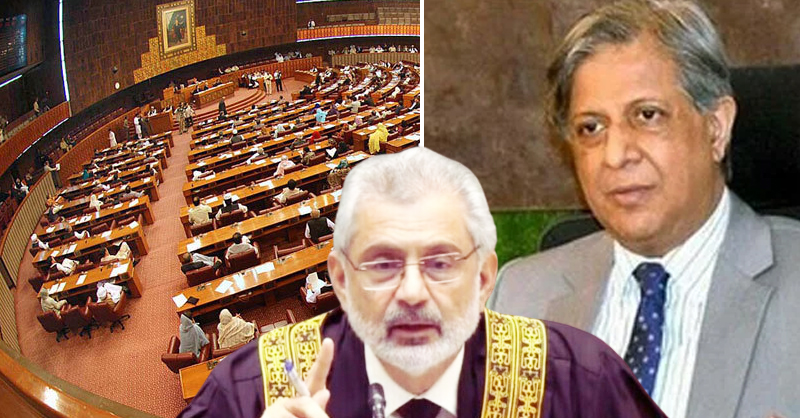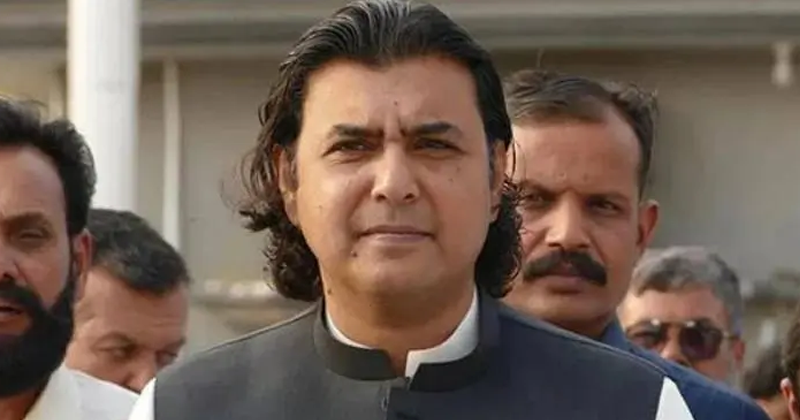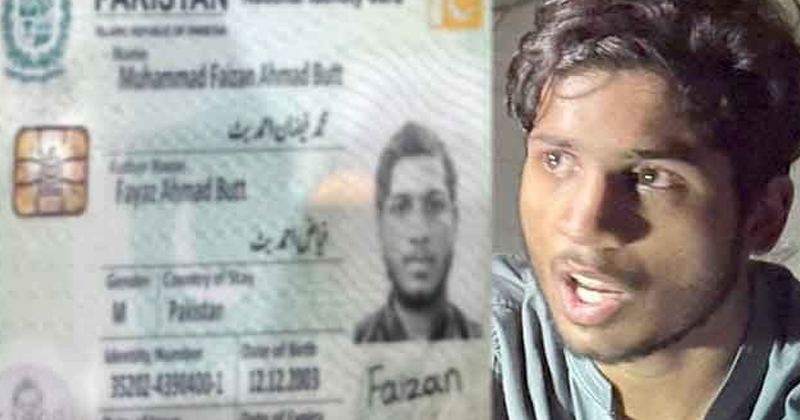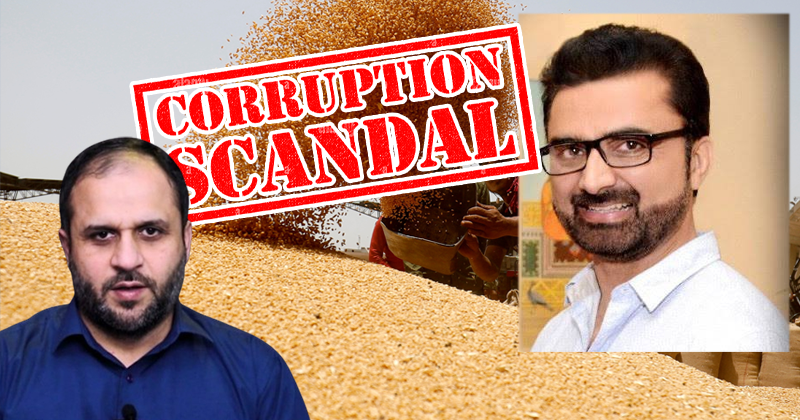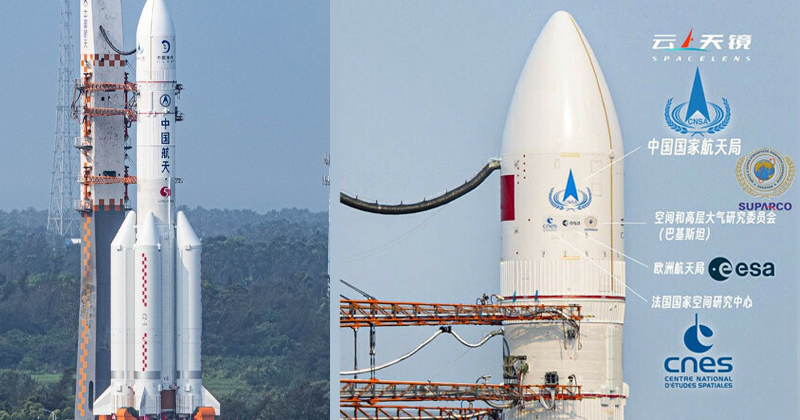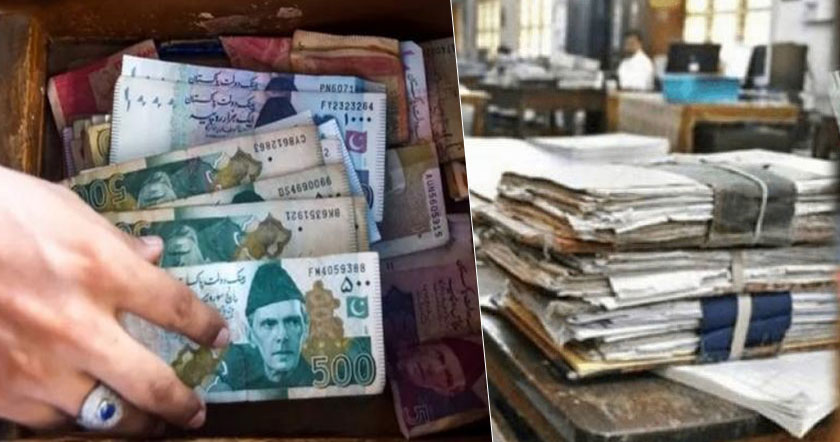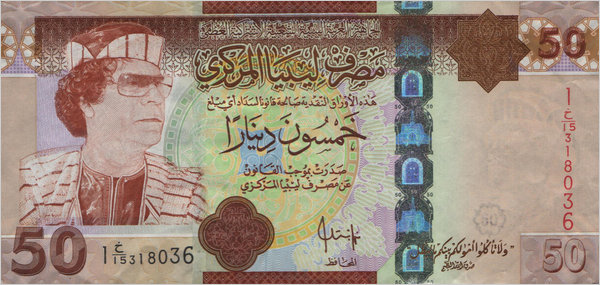
As his country burns around him, the Libyan leader, Col. Muammar el-Qaddafi, has stashed away tens of billions of dollars in cash in United States dollars, Libyan dinars and possibly other currencies in banks and in Bab Al Azizia, his Tripoli compound, intelligence officials and a person with ties to the Libyan government disclosed last week.
A rainy day fund of such dimensions helps Colonel Qaddafi withstand economic sanctions and a freeze on Libyan government assets abroad.
And, of course, if he flees, the hard cash is easier to carry than other assets like cars or houses.
In fact, history offers a long list of dictators, despots and kings stockpiling cash in times of trouble as well as instances of outright thievery.
In fact, history offers a long list of dictators, despots and kings stockpiling cash in times of trouble as well as instances of outright thievery.
The former Philippine first lady, Imelda R. Marcos, and her three children were charged with removing 22 crates of Philippine pesos from the country when they fled to Hawaii in 1986.
In Haiti, President Jean-Claude Duvalier and his wife, Michele, withdrew at least $33 million from the countrys central bank, transferring it to foreign accounts, and may have stored some money and jewelry in a safe-deposit box at a Citibank branch on Madison Avenue in Manhattan, according to court papers filed by the Haitian government after he was forced from power in 1986.
The Panamanian dictator, Gen. Manuel Antonio Noriega, was reported to have stashed $5.8 million in denominations of 10s, 20s, 50s and 100s in a file cabinet behind a desk at his home. United States authorities seized the money during the invasion of Panama in 1989.
In 1997, shortly before the forces of Laurent Kabila took power in Congo, formerly called Zaire, aides close to former President Mobutu Sese Seko smuggled crates of diamonds and more than $40 million in cash out of the country on a jet chartered by the South African government, according to The Sunday Independent, a South African newspaper.
Then, in 2003, in the hours before American bombs began falling on Baghdad, one of President Saddam Husseins sons, Qusay Saddam Hussein, was said by officials to carry off nearly $1 billion in cash from the vaults of the countrys Central Bank.
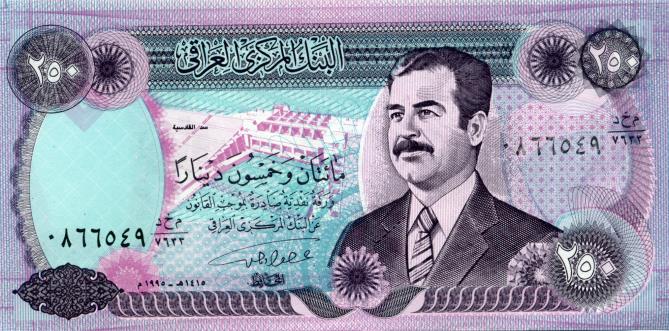
The volume of cash was so great some $900 million in American $100 bills and as much as $100 million worth of euros that a team of workers took two hours to load the money on three tractor-trailers.
Which raises the question: What does a mountain of cash worth tens of billions of dollars actually look like?
According to the United States Bureau of Engraving and Printing, all dollar notes have the same dimensions: 2.61 inches by 6.14 inches by 0.0043 inches. Each note weighs approximately one gram.
That is true for all notes in circulation $1, $2, $5, $10, $20, $50 and $100. (Notes worth more than this value 500, 1,000, 5,000, 10,000 were taken out of official circulation in 1969, according to a bureau spokeswoman, Darlene Anderson, though some still circulate, and Colonel Qaddafi could possibly have some of those.)
Ten billion dollars in, say, 100-dollar notes, stacked one on top of the other would weigh about 110 tons and take up about 100 large storage pallets. According to Jack Weatherford, an anthropologist and the author of The History of Money, the difficulties of securely storing large stockpiles of money were evident from the beginning of civilization.
Some of the first metal coins, a mixture of silver and gold, were minted during the reign of Croesus, who ruled Lydia in modern Turkey from 560-546 B.C. But as Croesuss wealth piled up in his palace in the capital, Sardis, it attracted the interest of the Persians right next door and all the money was taken, said Professor Weatherford.
In the 20th century, Sultan Said bin Taimur of Oman, father of Omans current leader, encountered yet another problem.
There was no developed banking system he trusted, when his country began to earn lucrative oil revenues. He piled up hard currency like British pounds in his palace in Muscat, but rats began to gnaw at it, Mr. Weatherford said.
Seeing the family legacy diminishing may have been a reason his son, the current sultan, precipitated a coup and toppled his father in 1970.
That is a problem you have with paper money, Mr. Weatherford said. Insects, rats and other animals gnaw at it.















